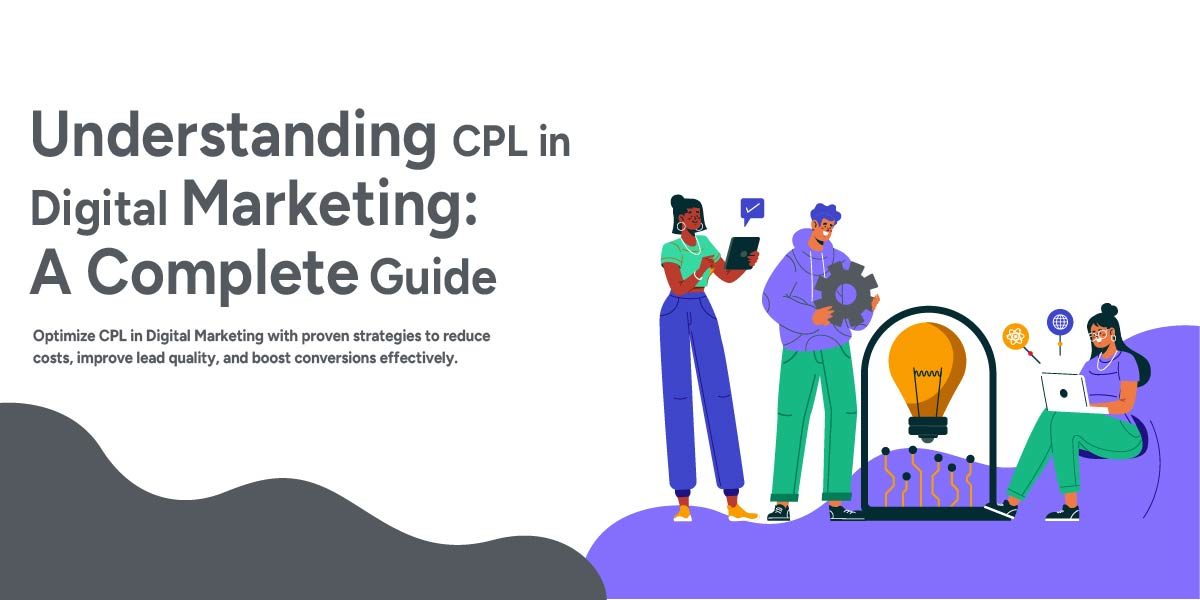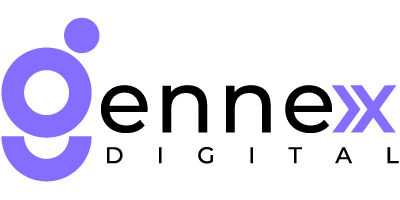Understanding CPL in Digital Marketing: A Complete Guide

Share This Post
Share This Post
Introduction: CPL in Digital Marketing
In today’s competitive digital world, businesses must track and optimize their marketing campaigns to achieve the best results. One key metric that plays a crucial role in performance measurement is CPL in Digital Marketing. CPL, or Cost Per Lead, helps businesses understand how much they are spending to acquire potential customers.
For businesses looking to optimize their marketing budget and maximize ROI, understanding CPL in Digital Marketing is essential. In this blog, we will explore what CPL is, how it works, its benefits, and strategies to lower your CPL while improving lead quality.
What is CPL in Digital Marketing?
CPL (Cost Per Lead) is a pricing model where advertisers pay for each lead generated from their marketing campaigns. A lead is typically a potential customer who has shown interest in a business’s products or services by filling out a form, subscribing to a newsletter, or engaging with a brand online.
The formula to calculate CPL is:
CPL= Total adspend/ Number of leads generated
For example, if a business spends $500 on a campaign and generates 100 leads, the CPL would be $5 per lead.
Importance of CPL in Digital Marketing
Tracking CPL in Digital Marketing is vital because:
Budget Optimization: Helps businesses allocate resources effectively and avoid overspending.
Performance Measurement: Determines the effectiveness of marketing campaigns.
Lead Quality Assessment: Ensures businesses attract relevant and high-converting leads.
ROI Calculation: Helps businesses understand the return on investment (ROI) of their marketing efforts.
By monitoring CPL in Digital Marketing, businesses can adjust their strategies to improve results and lower costs.
How CPL Differs from Other Digital Marketing Metrics
While CPL in Digital Marketing is crucial, it is often confused with other metrics like CPA (Cost Per Acquisition) and CPC (Cost Per Click). Here’s how they differ:
CPL (Cost Per Lead): Measures the cost of acquiring a potential lead.
CPA (Cost Per Acquisition): Measures the cost of acquiring a paying customer.
CPC (Cost Per Click): Measures the cost of each click on an advertisement.
Understanding these differences helps marketers choose the right strategies based on their business goals.
Factors Affecting CPL in Digital Marketing
Several factors impact CPL in Digital Marketing, including:
1. Target Audience
If your campaign targets a broad audience, your CPL may be higher due to irrelevant traffic. Defining a specific audience reduces CPL and improves lead quality.
2. Ad Quality & Relevance
High-quality, engaging ads with clear CTAs (Call-to-Actions) attract more leads at a lower cost. Poorly optimized ads lead to wasted spend and a higher CPL.
3. Landing Page Optimization
A well-optimized landing page with clear messaging, fast loading speed, and an easy-to-fill form increases conversion rates and lowers CPL.
4. Marketing Channel Selection
Different marketing channels yield different CPL values. Paid ads on Google, social media campaigns, and content marketing all impact CPL differently.
5. Bidding Strategy & Competition
Higher competition for certain keywords increases ad costs, leading to a higher CPL in Digital Marketing. Using smart bidding strategies can help manage costs.
Best Strategies to Reduce CPL in Digital Marketing
To lower CPL in Digital Marketing, businesses can implement the following strategies:
1. Improve Audience Targeting
Use data-driven audience segmentation to focus on highly relevant users. Lookalike audiences, interest-based targeting, and retargeting can improve lead quality.
2. Optimize Landing Pages
Ensure landing pages have:
- A clear value proposition.
- A strong CTA.
- Fast load times.
- Mobile-friendly design.
3. Leverage A/B Testing
Test different ad creatives, headlines, and landing page designs to determine what generates the highest conversions at the lowest cost.
4. Use High-Intent Keywords
Optimize paid campaigns by selecting keywords that indicate strong user intent. Long-tail keywords often result in lower competition and higher conversion rates.
5. Enhance Ad Quality Score
Platforms like Google Ads rank ads based on Quality Score, which affects CPC and CPL. Higher relevance, better ad copy, and strong CTR (Click-Through Rate) improve ad performance.
6. Incorporate Retargeting Strategies
Those who have already come across your brand are more likely to convert. Retargeting campaigns often lead to lower CPL by re-engaging interested audiences.
7. Leverage Organic Traffic with SEO
Generating organic leads through SEO and content marketing reduces dependency on paid ads and lowers CPL in the long run.
Measuring and Analyzing CPL Effectively
Tracking CPL in Digital Marketing requires proper tools and analytics. Some useful tools include:
- Google Analytics – Tracks conversions and lead sources.
- Google Ads & Facebook Ads Manager – Monitors paid campaign performance.
- CRM Software – Helps track and manage leads efficiently.
- Heatmaps & User Behavior Tools – Identifies landing page issues that affect conversions.
Regularly analyzing CPL data allows marketers to make informed decisions and continuously optimize their campaigns.
The Future of CPL in Digital Marketing
As digital marketing evolves, CPL strategies must adapt to changing trends:
- AI and Machine Learning: Automated bidding and predictive analytics improve cost-efficiency.
- Voice Search Optimization: Growing voice searches impact lead generation strategies.
- Interactive & Video Content: Engaging content formats drive better conversions.
- Privacy and Data Regulations: Marketers need to balance personalization with compliance.
Staying ahead of these trends will help businesses maintain a competitive edge and keep their CPL in Digital Marketing low.
Conclusion
Understanding CPL in Digital Marketing is essential for businesses aiming to generate high-quality leads while optimizing costs. By tracking and analyzing CPL, businesses can adjust their marketing strategies for better performance and higher ROI.
From audience targeting and ad quality improvements to SEO and retargeting, there are numerous ways to reduce CPL and enhance lead generation efforts. As technology advances, businesses must continue to adapt to emerging trends to stay competitive in the digital space.
By implementing the right strategies and continuously optimizing campaigns, businesses can achieve sustainable growth while keeping their CPL in Digital Marketing at an optimal level.



